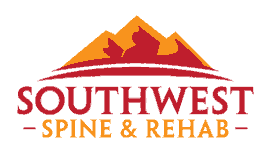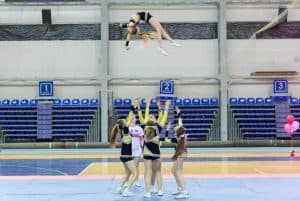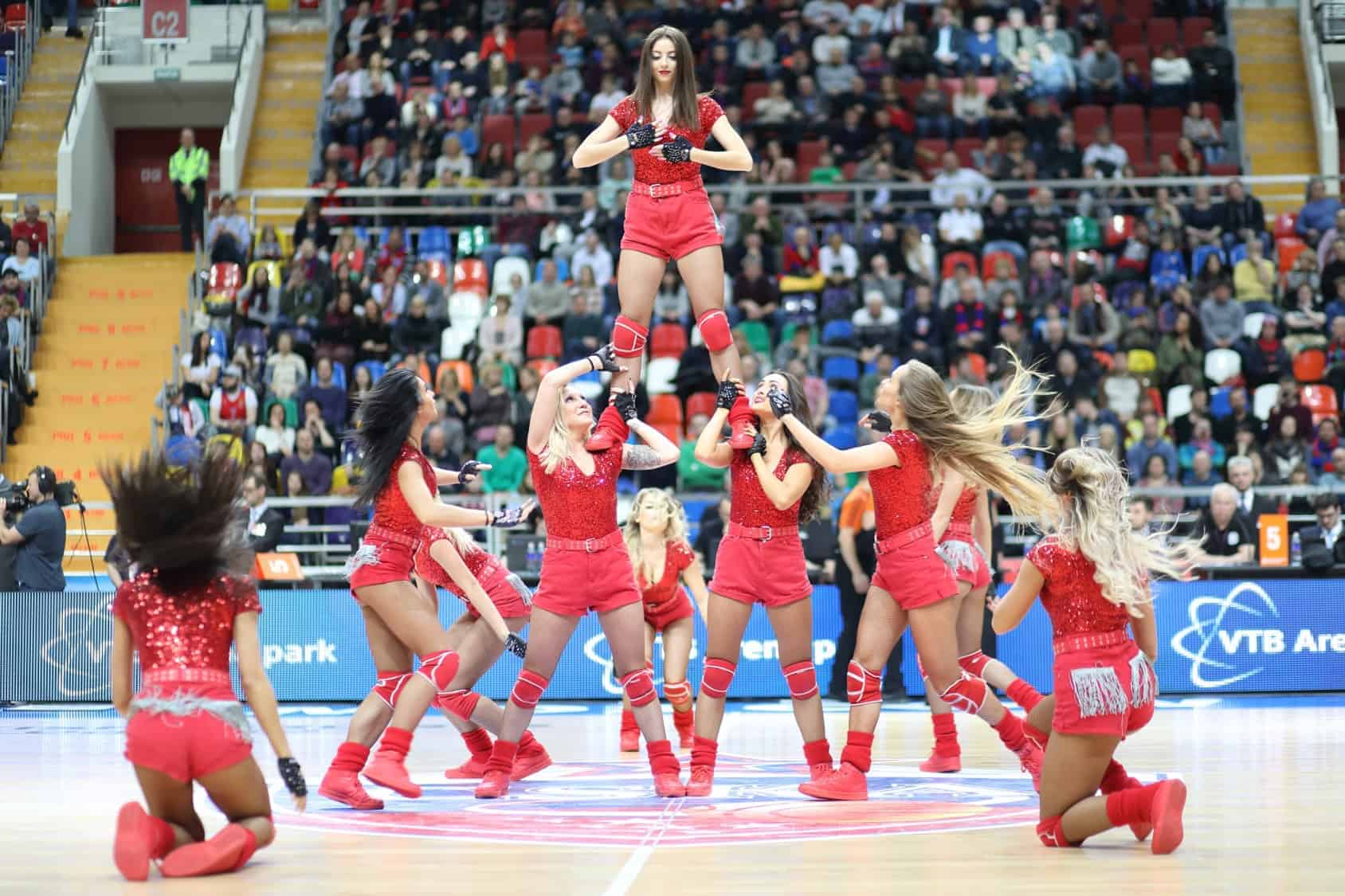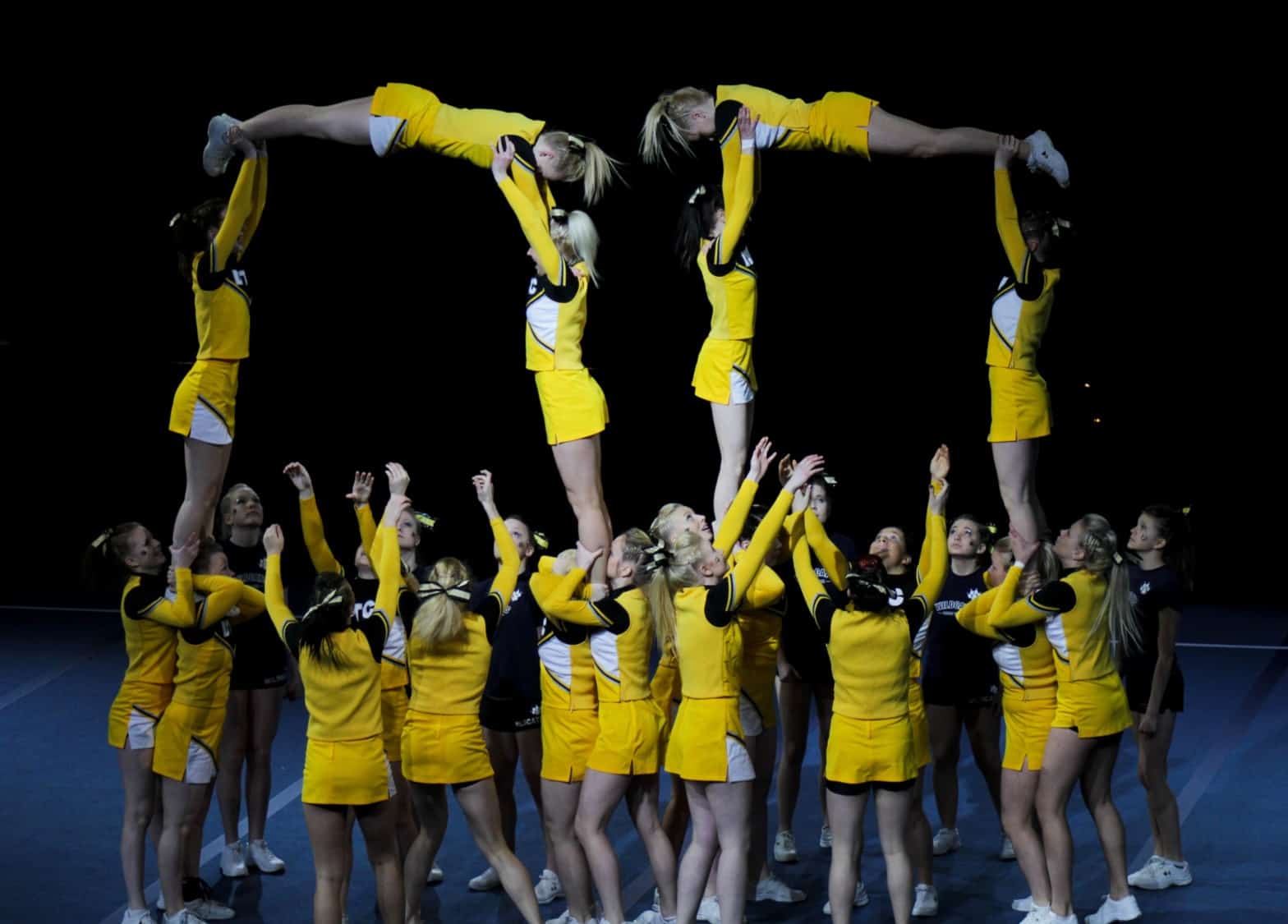Southwest Spine & Rehab in Mesa
-
10207 E. Hampton Ave Ste. 105
Mesa, Arizona 85209 - 480-354-2008
- 480-907-1322
-
Monday: 8AM - 6:00PM
Tuesday: 8AM - 6:00PM
Wednesday: 8AM - 6:00PM
Thursday: 8AM - 6:00PM
Friday: 8AM - 12PM
Saturday: Closed
Sunday: Closed







